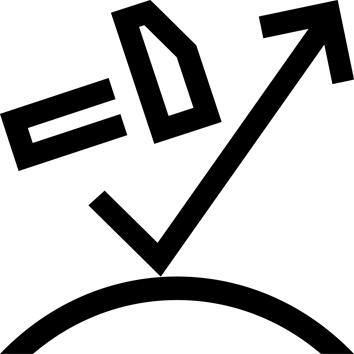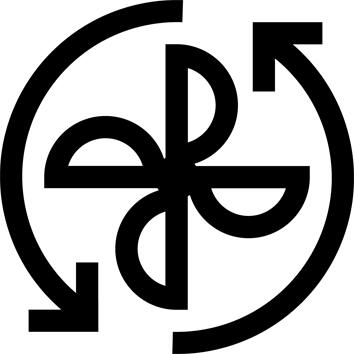Standard :
Helmet certified to EN1384:2017 + PAS 015:2011.
Sizes :
XS (48-52 cm), S (52-55 cm), M (55-58 cm), L (58-61 cm).
Lightweight :
505 g Size M (55-58 cm).
How to choose your helmet :
It's a good idea to measure your head size and try on different sizes to determine the best fit.
It's crucial to choose a helmet that fits properly. For children, never buy a helmet that's too big, on the assumption that they'll grow out of it.
Helmet adjustment :
For optimum protection, the helmet should be in close contact with the head, but without compression points. When the harness and liner are properly adjusted, the helmet should not tip forward, backward or sideways, even when in motion.
The helmet harness should pass under the jaw, like a chinstrap, and not at chin level. It should be snug enough to prevent the helmet from tipping over, without strangling.
Shock absorption :
This helmet is designed to absorb part of the energy of a blow by partial deformation of the shell and/or protective material.
A helmet reduces the severity of head injuries. The protection afforded by a helmet depends on the circumstances of the accident, and wearing a protective helmet does not always prevent death or long-term disability.
Ventilation :
The helmet has 51 ventilation holes on the shell and 57 on the liner. These holes allow hot air to escape upwards and through the back of the helmet.
Easy maintenance :
Clean the outside of the helmet with soapy water.
The use of solvents or other aggressive products could alter the helmet's effectiveness.
Removable interior foam, hand-washable in cold water.
For storage and transportation, a suitable textile bag will protect the helmet from dirt, scratches and light.
Service life :
We recommend replacing your helmet after 5 years from the date of production (shown on the label), provided it has never been impacted and has been kept in proper storage conditions.
As the damage may be invisible, it is advisable to discard and replace any helmet that has been subjected to impact.



